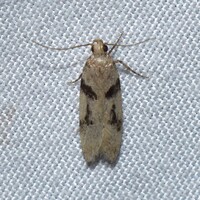
| Recorded by: Jeff Niznik on 2024-05-13
Madison Co.
Comment: | 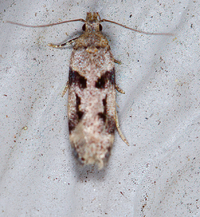
| Recorded by: Jim Petranka on 2022-07-14
Madison Co.
Comment: |

| Recorded by: Jim Petranka on 2022-05-09
Madison Co.
Comment: | 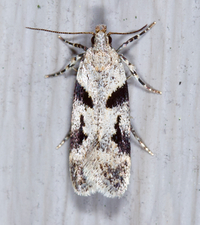
| Recorded by: Jim Petranka on 2021-04-20
Madison Co.
Comment: |
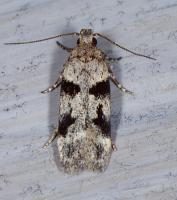
| Recorded by: Jim Petranka and Becky Elkin on 2020-07-11
Madison Co.
Comment: | 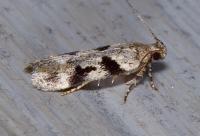
| Recorded by: Jim Petranka and Becky Elkin on 2020-07-11
Madison Co.
Comment: |
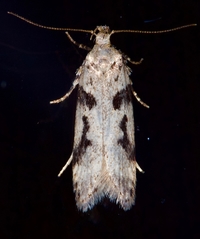
| Recorded by: Jim Petranka and Becky Elkin on 2020-05-02
Madison Co.
Comment: | 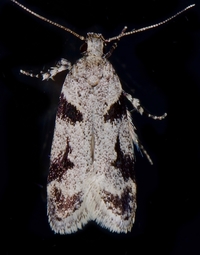
| Recorded by: Jim Petranka and Becky Elkin on 2020-04-06
Madison Co.
Comment: |

| Recorded by: Jim Petranka and Becky Elkin on 2019-07-12
Madison Co.
Comment: | 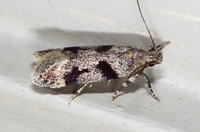
| Recorded by: Jim Petranka and Becky Elkin on 2019-07-12
Madison Co.
Comment: |

| Recorded by: Jim Petranka and Becky Elkin on 2019-07-02
Madison Co.
Comment: | 
| Recorded by: Jim Petranka and Becky Elkin on 2019-07-02
Madison Co.
Comment: |

| Recorded by: Jim Petranka and Becky Elkin on 2019-05-27
Madison Co.
Comment: | 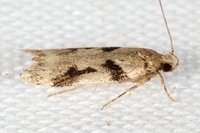
| Recorded by: Jim Petranka and Becky Elkin on 2019-05-27
Madison Co.
Comment: |

| Recorded by: Jim Petranka and Becky Elkin on 2019-04-28
Madison Co.
Comment: | 
| Recorded by: Jim Petranka and Becky Elkin on 2019-04-28
Madison Co.
Comment: |
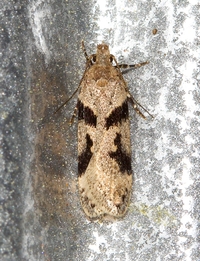
| Recorded by: Jim Petranka and Becky Elkin on 2019-04-23
Madison Co.
Comment: | 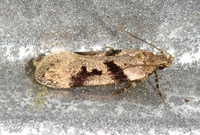
| Recorded by: Jim Petranka and Becky Elkin on 2019-04-23
Madison Co.
Comment: |
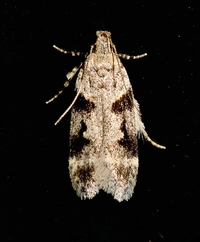
| Recorded by: Jim Petranka and Becky Elkin on 2018-07-10
Madison Co.
Comment: | 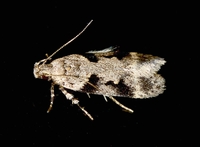
| Recorded by: Jim Petranka and Becky Elkin on 2018-07-10
Madison Co.
Comment: |
|

 »
»



 »
»

